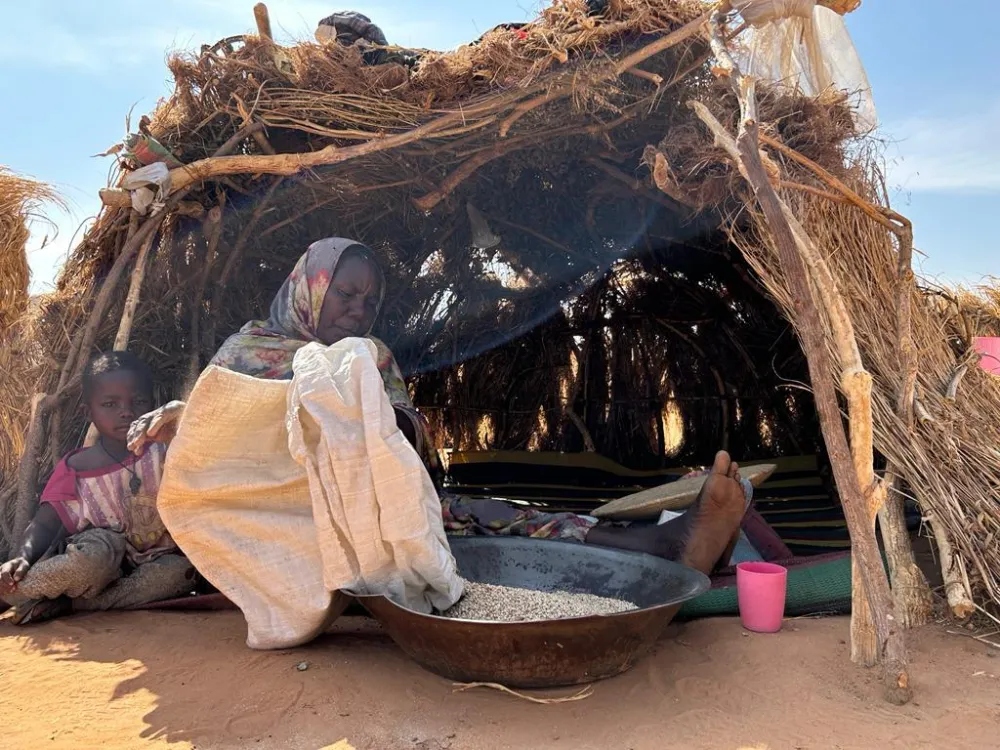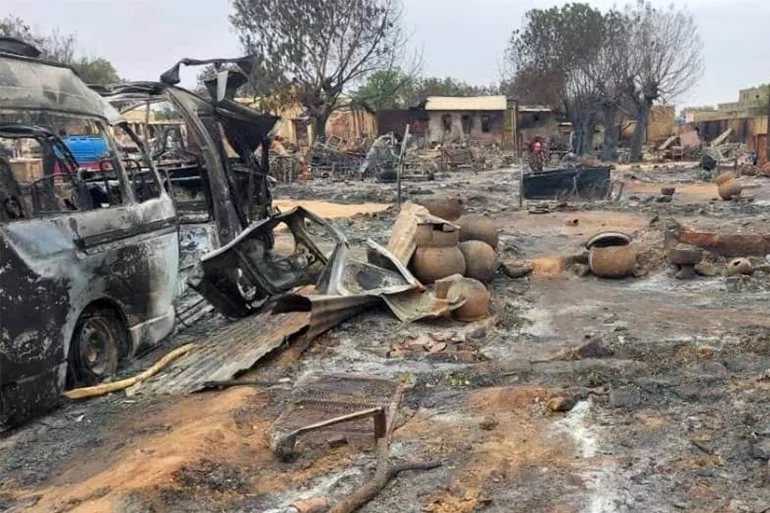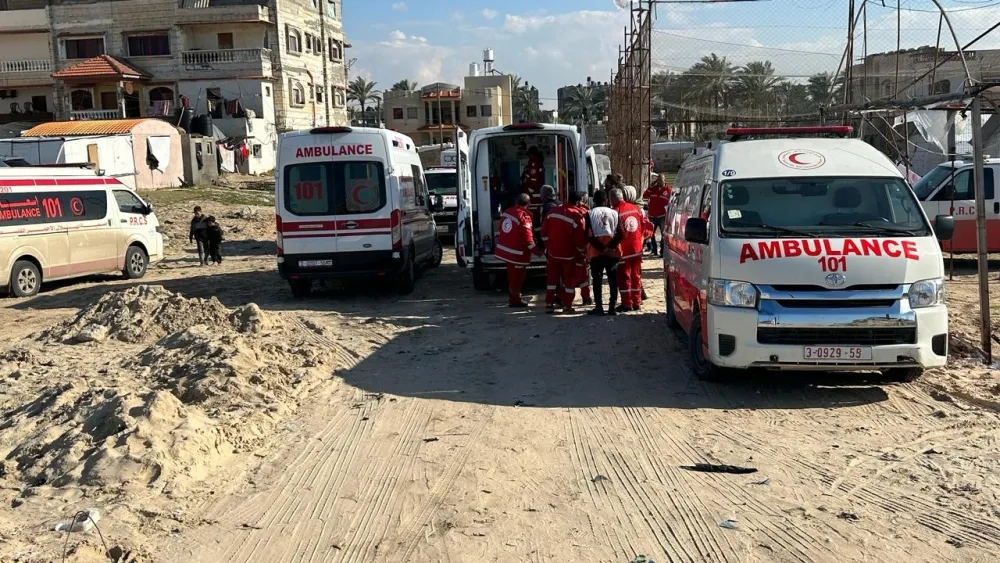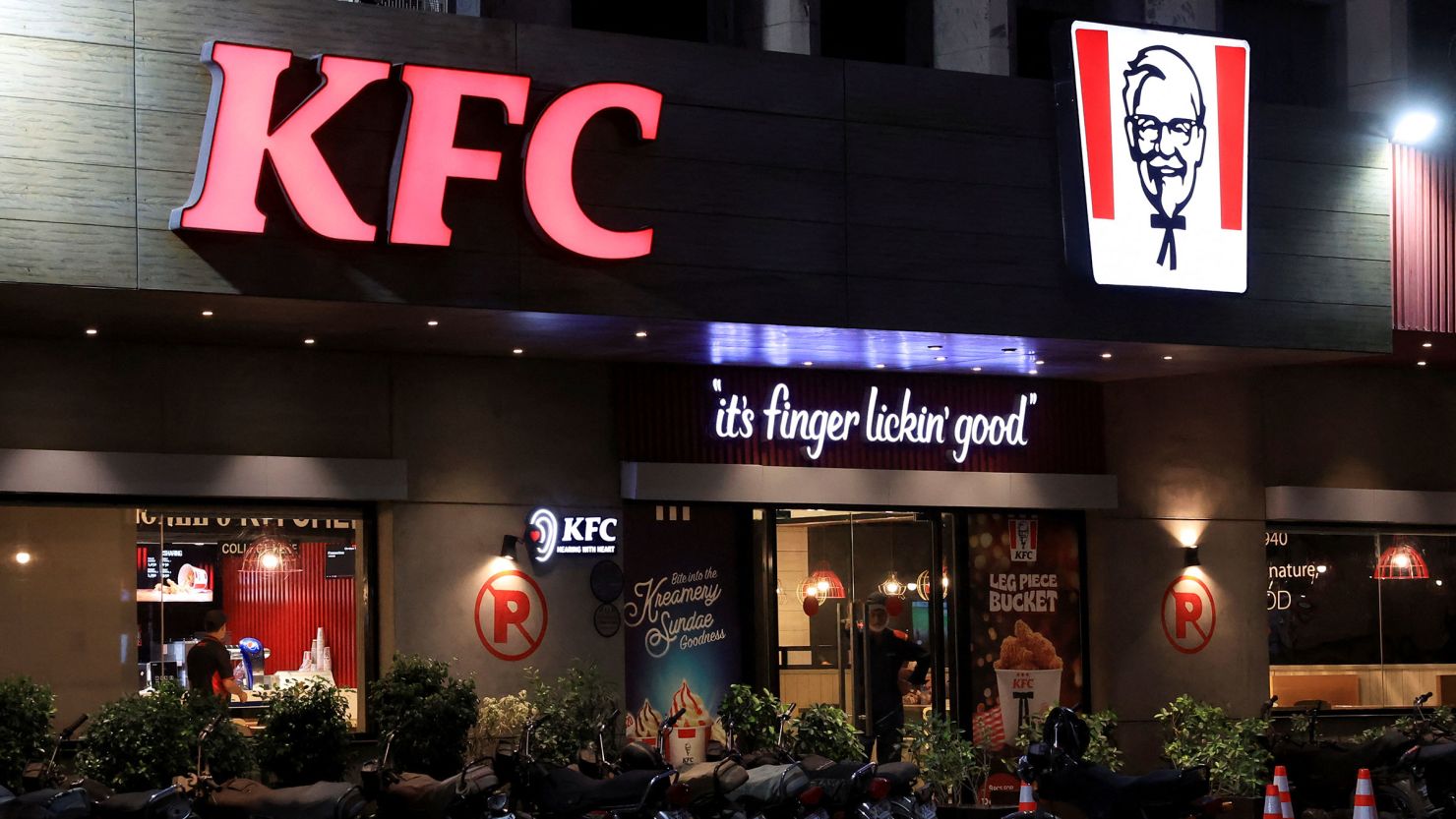From Mutual Aid to Mass Displacement: The Conflict in Sudan Marks
a Year
The war in Sudan has already marked a year, facing an
impending humanitarian catastrophe labeled by the UN as among the worst in
recent history.
What initially emerged as discord over merging the
paramilitary Rapid Support Forces (RSF) into the regular army has snowballed
into a nationwide conflagration, ensnaring an expanding array of militias, insurgents,
and innocent civilians.
The RSF's brutalities in Darfur have triggered alarms of
ethnic cleansing and genocide. Khartoum, the capital, bears witness to RSF
incursions into homes and communities, alongside bombardments by army fighter
jets, leaving devastation in their wake.
Neither faction appears poised for victory in a conflict
that has birthed the world's largest displacement crisis, uprooting nearly nine
million individuals, with two million seeking refuge in neighboring nations.
Sudan's once-stable food system now teeters on the brink of collapse.
Famine looms over millions across the country, with reports
of starvation deaths emerging, notably within Darfur's enduring displacement
camps and besieged urban enclaves in Khartoum and its environs.
Despite the burgeoning humanitarian exigency, the conflict's
belligerents, buoyed by external backing, impede the efforts of international
relief agencies, already hamstrung by dire funding constraints.
Amid the devastation, mutual aid organizations strive to
offer a glimmer of hope. However, they grapple with scarce resources, threats
from warring factions, and a protracted communication blackout.










